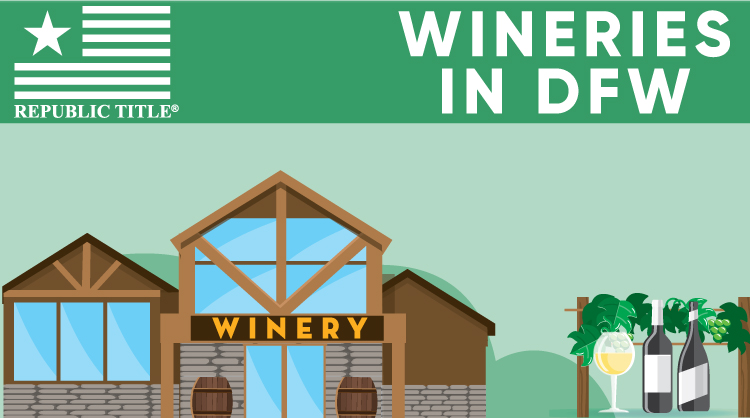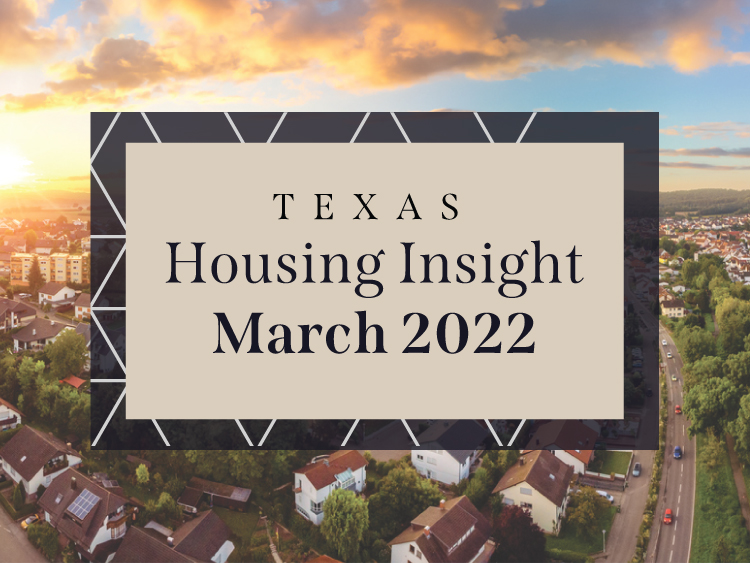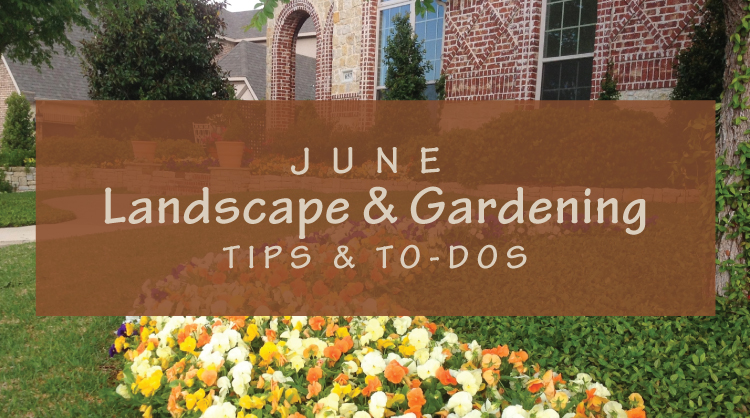
Wineries in DFW
You had me at Merlot! Spend this upcoming weekend at one of these local wineries and unwind with a delicious glass of red wine, or

You had me at Merlot! Spend this upcoming weekend at one of these local wineries and unwind with a delicious glass of red wine, or

Republic Title is pleased to offer a variety of continuing education classes for our customers. Join us in July for classes including: TREC Legal Update

https://youtu.be/Y9vpaXc_mbw May stats are here and we have the numbers! Inventory is increasing with new listings up in Collin, Dallas, Denton, and Tarrant Counties over

Total Texas housing sales continued to grow, increasing by 3.4 percent in the first quarter. Sales were concentrated on homes priced over $300,000. The constrained

https://youtu.be/-3p8jduIzsI A title insurance policy is an insurance policy that insures you against liens or other claims against your property. Unlike other types of insurance,

Need help planting a successful garden or landscape? Here are some June planting tips from the Dallas Arboretum horticulture staff and the Dallas County Master Gardeners

Texas’ housing market fell slightly in February as supply constraints continued pushing downward on the market, and mortgage rates increased. February sales and active listings
© COPYRIGHT 2021 REPUBLIC TITLE
CORPORATE OFFICE – 3033 W. PRESIDENT GEORGE BUSH HIGHWAY, SUITE 300 – PLANO, TEXAS 75075
(972) 578-8611